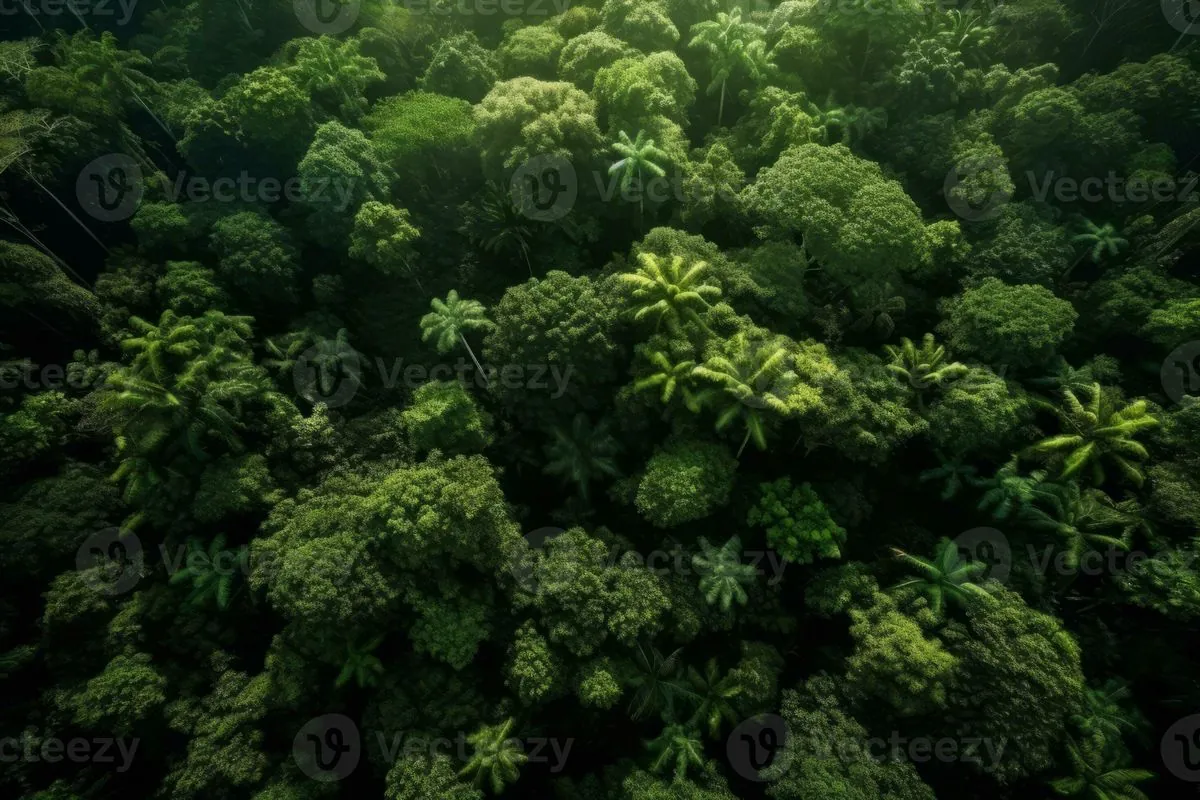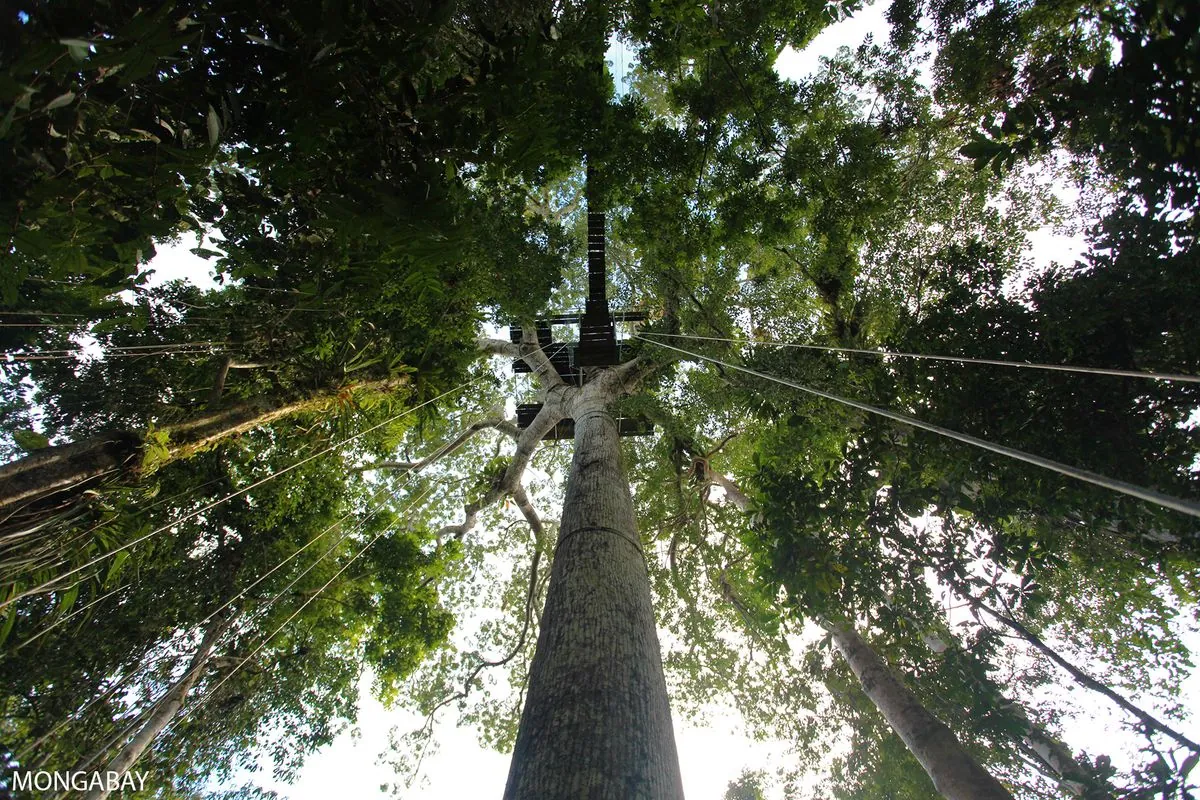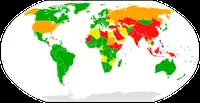Critical Amazon Areas Lack Protection, New Data Reveals
New analysis shows 40% of crucial Amazon regions for climate regulation remain unprotected. These areas, vital for carbon storage, are located in Peru, Brazil, French Guiana, and Suriname.

Recent data analysis has unveiled a concerning gap in the protection of critical areas within the Amazon rainforest, a region crucial for global climate regulation. According to findings by the nonprofit Amazon Conservation, nearly 40% of the most vital areas for curbing climate change lack official government protection.
The Amazon, spanning across nine countries and covering approximately 5.5 million square kilometers, is often referred to as the "Lungs of the Earth" due to its significant role in producing oxygen and absorbing carbon dioxide. However, the newly identified unprotected areas, primarily located in southwestern Peru and northeastern regions of Brazil, French Guiana, and Suriname, pose a potential threat to global climate efforts.
Matt Finer, who leads the Monitoring of the Andean Amazon Project (MAAP), emphasized the importance of these regions. He stated that these areas contain the largest and densest trees with continuous canopy cover, making them crucial carbon sinks. If destroyed by fire or logging, these forests would release substantial amounts of greenhouse gases into the atmosphere, exacerbating climate change.

The analysis revealed that while 61% of the peak carbon areas in the Amazon are protected as indigenous reserves or other designated lands, the remaining 39% lack official preservation status. In Brazil, Suriname, and French Guiana, the level of protection is even lower, with only 51% of peak carbon areas designated for preservation. Peru, although protecting a higher proportion of its critical areas, has earmarked some unprotected regions for logging.
These findings underscore the urgent need for enhanced conservation efforts in the Amazon. The rainforest is not only a carbon sink but also a biodiversity hotspot, housing 10% of the world's known biodiversity, including over 40,000 plant species, 3,000 fish species, and 1,300 bird species.
MAAP's recent analysis estimated that the Amazon contains 71.5 billion tonnes of carbon, approximately double the global carbon dioxide emissions for 2022. This highlights the forest's critical role in global climate regulation. However, the Amazon's carbon balance remains a topic of intense debate among scientists, with some studies suggesting it may have transitioned from a carbon sink to a source of emissions.
The preservation of these unprotected areas is crucial not only for climate regulation but also for maintaining the Amazon's rich ecosystem. With deforestation rates increasing by 29% between 2021 and 2022, urgent action is needed to safeguard these vital regions and their role in combating global warming.


































